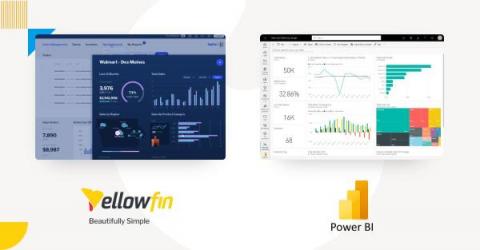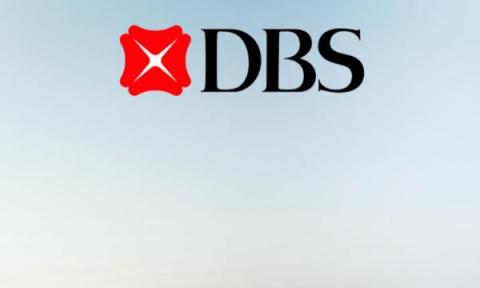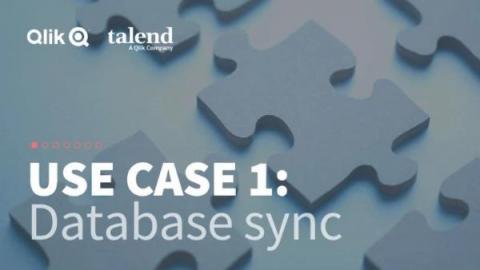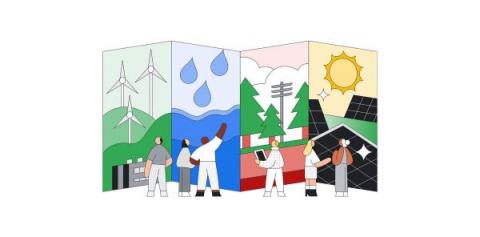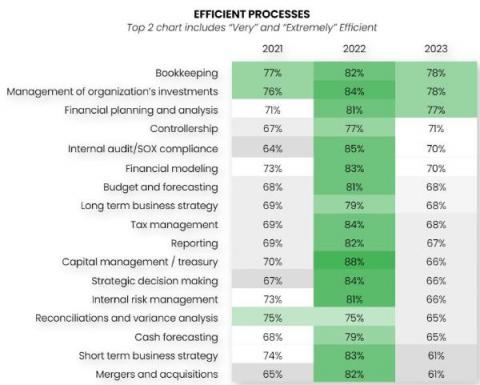Integrating Cloudera Data Warehouse with Kudu Clusters
Apache Impala and Apache Kudu make a great combination for real-time analytics on streaming data for time series and real-time data warehousing use cases. More than 200 Cloudera customers have implemented Apache Kudu with Apache Spark for ingestion and Apache Impala for real-time BI use cases successfully over the last decade, with thousands of nodes running Apache Kudu.



